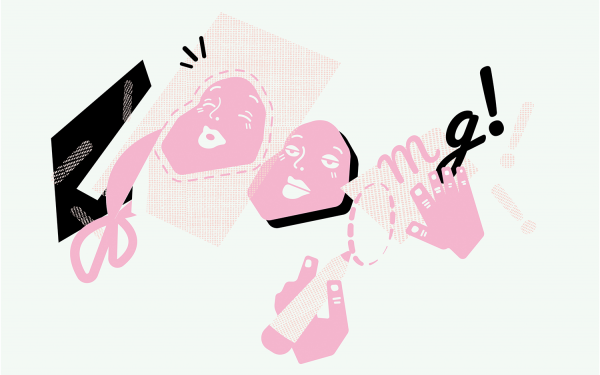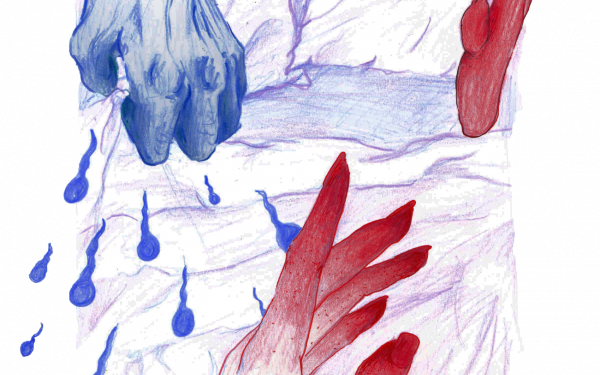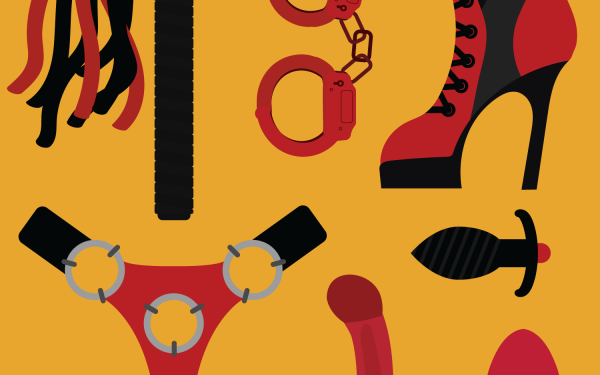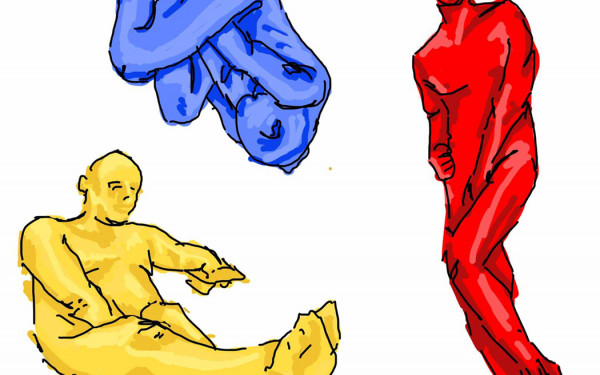Sex Ed(itorial): Squirting, Explained
I Can’t Believe It’s Not Urine!
It’s 2019, yet it’s still up for debate whether or not ejaculating or “squirting” are genuine phenomena that people with vulvas can experience.
Sadly, many people actually know very little about the sexual pleasure of biologically female bodies, including some people in possession of such a body and even medical professionals. This leads to all sorts of misinformation, and can make people who experience squirting feel like there’s something wrong with them, when it’s actually a very natural response to a specific type of stimulation.
Only a few days before pitching the idea of writing an article demystifying squirting, I’d gotten into a disagreement with a guy friend about whether or not it’s actually a real thing. “It’s just pee,” he insisted vehemently, ignoring the fact that he doesn’t possess the parts required to experience the sensation firsthand.
Now I have to be honest. When I started doing research before writing this article, I learned just how misinformed I also was about this phenomenon. Before, I thought people who insisted that squirting is strictly urination couldn’t be more wrong. I’ll concede now that there is a valid reason for the ejaculating and peeing mix up, which I’ll get into soon. But first, let me break down some of the basic information required to understand this juicy phenomenon.
When squirting, the fluid actually comes from the urethra, not the vaginal opening. But though it does come from the same canal, those who experience squirting can attest that it is often different from urine in its colour, consistency and smell. Studies conducted on the ejaculate have shown that its composition is different as well, as it contains a protein called prostate-specific antigen, something that isn’t found in urine.
This protein comes from glands that surround the urethra. In biologically male bodies, these glands make up the prostate, which produces fluid that nourishes and protects sperm. In bodies with a vulva, the glands are known as Skene’s glands, or the “female prostate.” The Skene’s glands’ primary function is to lubricate the urethra, and is believed to help protect the body from urinary tract infections. Studies have shown that when the glands are stimulated through the vaginal wall—specifically, at a dime-sized spot a few centimetres in the vagina called the G-spot—they can also expel a fluid that is usually referred to as female ejaculate, which contains that PSA protein we talked about before.
Now, here’s where it gets tricky, and where the whole “pee” thing comes in. It’s recently been shown through studies that two different fluids are expelled from the urethra as a result of this stimulation. Some people report small amounts of a milky white substance similar to semen, while others describe larger amounts of a clear watery fluid.
The former is the female ejaculate that I just mentioned, coming from the Skene’s glands. The latter, when analyzed, does contain the protein, but also contains urea, meaning it comes from the bladder and is likely mixed with the ejaculate coming from the glands in the urethra. Colloquially, this is what folks call “squirting.”
Still, squirting is not the same as peeing. Peeing is—usually—the voluntary act of expelling urine. There is nothing really voluntary about squirting, as anyone who’s experienced it can tell you.
For the sake of comprehension, let me put it this way: squirting is the involuntary expulsion of the bladder at the same time as the expulsion of ejaculate.
Squirting is a natural response to G-spot stimulation that can occur to between 10 and 40 per cent of people, as it’s often cited.
A 2014 study conducted by gynecologist Dr. Samuel Salama on seven women who reported being able to squirt showed that even though the women emptied their bladders before beginning to stimulate themselves, their bladders would then quickly refill during that stimulation and expel at the moment of climax. A 2011 study showed that the fluid that came from squirting was more diluted than urine, which explains the lack of colour and smell.
Though it may appear to be easy to chalk squirting up to involuntarily peeing yourself, these two studies indicate that there is something else going on, an anatomical response to pleasure involving both the Skene’s glands and the bladder that we are only just starting to understand.
We could attribute this ignorance to a patriarchal unwillingness to get to the bottom of female pleasure. Though squirting was referenced in written texts dating back to fourth century China and even pondered by Aristotle, later centuries came with sexual repression and a widespread concern with women actually feeling sexual pleasure. As such, squirting only began to be studied in the later half of the 1900s.
Still, there are some things we do know, or at least that we are pretty sure of.
For one, squirting is a natural response to G-spot stimulation that can occur to between 10 and 40 per cent of people, as it’s often cited. Salama, who conducted the 2014 study, believes that every person with a vulva is theoretically capable of squirting.
We also know that squirting doesn’t necessarily happen at the same time as an orgasm for some people, but for many others it does. And, we know that this phenomenon is by no means the ultimate feeling of pleasure: some people who squirt report that it’s actually a draining, uncomfortable experience, while others feel otherwise.
Porn also misinforms people by depicting women squirting after being aggressively stimulated. Deborah Sundahl, author of Female Ejaculation and the G-Spot, recommends taking it slow and massaging the G-Spot more gently and rhythmically, spending all the time necessary to reach climax and not hurrying things to a close.
If squirting feels like a nuisance and leads to discomfort, pelvic floor strengthening and taking frequent bathroom breaks during pleasurable moments are some ways to avoid it. But if it isn’t a bother, squirting is really nothing to worry about, or be ashamed about.
So if squirting feels good, go ahead and lean into it. Practice on yourself, or experiment with a partner. Just as with any other sex act, keep things consensual and safe, and replace your fluids by drinking lots of water. Have fun!

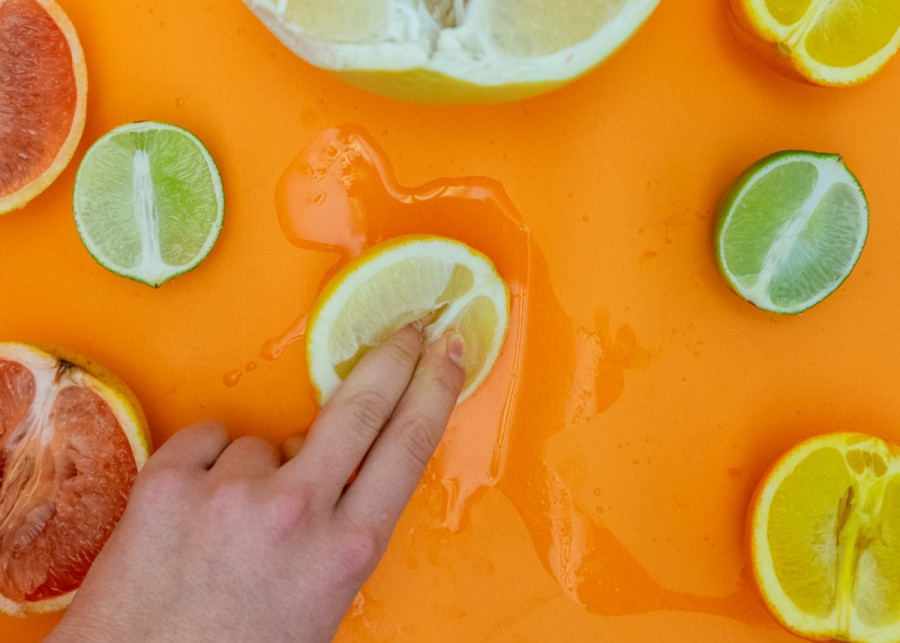
_600_832_s.png)

